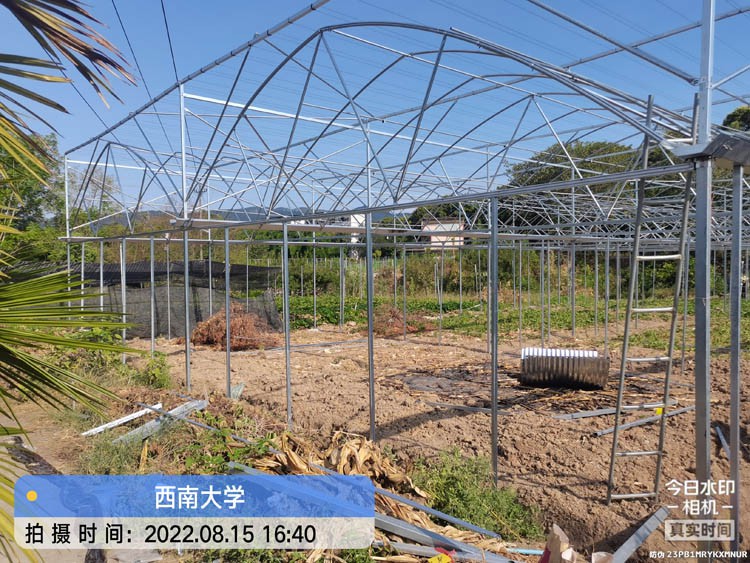New smart greenhouse
Intelligent greenhouse, also known as the abbreviation of automatic solar greenhouse.
It is based on modern science and technology, adopts modern agricultural facilities and equipment such as automatic control technology, environmental adjustment means and computer management technology, and optimizes the combination of light, temperature, water and other conditions to achieve high-yield and efficient modern agricultural engineering facilities. It is: increase the indoor temperature through artificial light supplementation (solar radiation) and indoor heating (hot air circulation); use the principle of carbon dioxide gas concentration changes to promote photosynthesis, release carbon dioxide at night and replenish fresh air; reasonably set the internal shading system to reduce Outdoor temperature; configure sprinkler irrigation system to increase soil moisture supply and other measures to meet the requirements of crops for different environmental conditions.
The light intensity in the smart greenhouse is generally about 50-100 times higher than that of the glass greenhouse, and due to the high sunlight transmittance, the cumulative amount of solar energy per unit area in the greenhouse is much higher than that of the glass greenhouse. Therefore, the smart greenhouse can achieve higher yield and quality. In addition, due to the good thermal insulation performance and good sealing performance of the smart greenhouse, it can effectively reduce heat loss and the entry of harmful external gases, thereby improving the growth conditions of crops, which is conducive to high and stable crop yields. (1) Lighting control mode combining transmitted light and scattered light The light intensity in the smart greenhouse is generally about 50-100 times higher than that of the glass greenhouse, and due to the high sunlight penetration rate, the solar energy accumulation per unit area in the greenhouse is also higher than that of the glass greenhouse. high.
Therefore, the design should consider making full use of the advantages of natural light, and enhance the photosynthesis of plants by taking appropriate structural measures to combine (or alternate) transmitted light and scattered light.
For example: adopting a large-span column-free support structure, using light-colored or white transparent plastic sheeting as roof covering material, and applying reflective paint on the surface of the outer protective structure; using skylight ventilation and cooling devices or external shading systems for partial shading; Layer curtain to form diffuse light irradiation, etc.
(2) Control mode combining light quality and time:
The key to scientific management is to set the corresponding lighting parameter values and control procedures according to the needs of light in different growth stages of plants.








